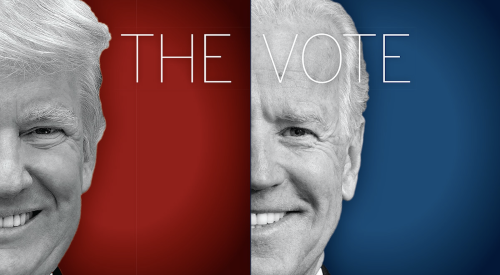New IoT-Ready Alliance to establish standard for IoT sensors in LED light fixtures
Lighting and LED driver manufacturers, Internet of Things (IoT) technology companies, and industry groups have established the IoT-Ready Alliance. The organization is dedicated to making installation of IoT technology in luminaires easier. The aim is to facilitate “quick and easy installation of advanced IoT sensors” to be as simple as changing a light bulb.
“This will also enable building operators to easily upgrade the sensors, ultimately future-proofing their buildings as IoT technology continues to advance at a much more rapid pace than that of LED fixtures,” according to an alliance news release. The lifecycle of such fixtures can be 15 years, so if they are not updated owners would likely wait until they are replaced before upgrading to IoT technology.
“IoT-based lighting systems have tremendous potential to optimize energy efficiency and bring new kinds of value to the lighting and building industries and beyond,” said Gabe Arnold, technical director, DesignLights Consortium.
Trump’s proposed corporate tax rate changes said to stifle funding for affordable housing
Proposed changes to the corporate tax rates have stymied funding for affordable housing, according to a California housing executive. The Trump Administration has vowed to lower taxes for businesses, and this stance has caused a halt since December 2016 in the issuance of letters of intent from major investors in affordable housing. About 90% of affordable rental housing projects stem from the federal Low-Income Housing Tax Credit (LIHTC).
This program encourages the investment of private equity in the development of affordable rental housing for low-income households through tax incentives. With the uncertain impacts of tax reform, big banks are currently reluctant to commit to specific deals.
Some are calling on Congress to protect the LIHTC and increase the allocation of credits to prevent an affordable housing crisis from getting worse.
Spate of sinkhole incidents points to neglected infrastructure investment
A recent spate of sinkholes due to failing infrastructure in the U.S. points to neglected maintenance. From early December through April 2017, 39 significant sinkholes related to failing infrastructure struck across the country. One person was killed and four were injured in the incidents. In addition, extensive evacuations and disruption of utilities resulted.
In December, a football-field-sized hole suddenly swallowed parts of three houses and a section of road in a Detroit suburb. Typical causes of these collapses are crumbling water, drain, and sewer pipes. Cities beset by budget problems are at particular risk.
A recent report by the American Society of Civil Engineers said that public spending is running far short of what's needed to replace water and wastewater systems. ASCE said the funding gap was estimated at $105 billion today, up from $55 billion in 2010.
Tesla begins taking orders for its solar roof tiles, cost is lower than expected
Tesla recently began taking $1,000 deposits for its much touted solar roof tiles. Analysts say the price point for the tiles, $42 per square feet, is much lower than was expected. Inactive tiles will cost $11 per square foot. This development is the third step in Tesla founder Elon Musk’s vision for clean energy that combines solar power, batteries, and electric cars. From most viewing angles, the tiles look like ordinary shingles. The roof is guaranteed to outlive the home, while power production from the solar cells is covered under a 30-year warranty.
Once a driver of the American dream, some suburbs falling on tough times
In some metro areas, previously thriving suburbs are deteriorating, and they may need more resources for revival than urban cores. “Indeed, with their enormous physical footprints, shoddy construction, and hastily installed infrastructure, many suburbs are visibly crumbling,” says an article at the Atlantic’s City Lab. “Across the nation, hundreds of suburban shopping malls are dead or dying; countless suburban factories, like their urban counterparts a couple of generations ago, have fallen silent.” More than one in four suburban dwellers are poor or nearly poor, and economic mobility is significantly lower in the suburbs.












